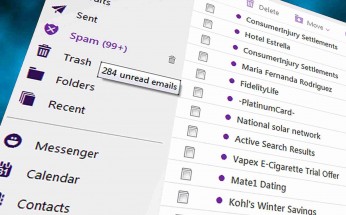Web design thrives on two things: innovation and imitation. Unfortunately, there’s often a lot more of the latter. We all like to seize upon the latest trends, use them until they’re ubiquitous, and then look desperately for the next big thing. Think about sliders. They were all the rage a couple years ago. Today, they feel dated. What to do? Stop chasing microtrends, and start looking at the big picture. Here, we’ve isolated six web design ideas that are here to stay.
1. ARTIFICIAL INTELLIGENCE
Context is everything. Where and when an interaction happens is now as important as how or why. Is it on a phone? A tablet? Indoors or outdoors? What is the user doing in that moment? Users interact with a product in all kinds of different situations.
2. DIVERSITY
One consistent complaint about the web design world is how often it engages in, shall we say, less than original practices.
3. RICH ILLUSTRATIONS
Traditionally, websites use stock photography and other photos for visuals. Moving forward, we will start to see more hand-drawn art.
4. MOBILE/WEARABLE FIRST
Mobile-first design is already well underway, but it will become even more pronounced as the wearables market, which is estimated to be worth $31 billion by 2020, heats up.
5. MICROINTERACTIONS
As information becomes platform-agnostic—available on our watches, our phones, our TVs, and everything in between—seamless user experiences will be more important than ever.
6. RICHER ANIMATIONS
Finally, we get to the good stuff. The whole point of design is to look good after all. And what looks better than rich animations? The web has never looked more dynamic than it does today, and it’s only going to get better.
Read more: 6 Web Design Trends That Are Here To Stay









